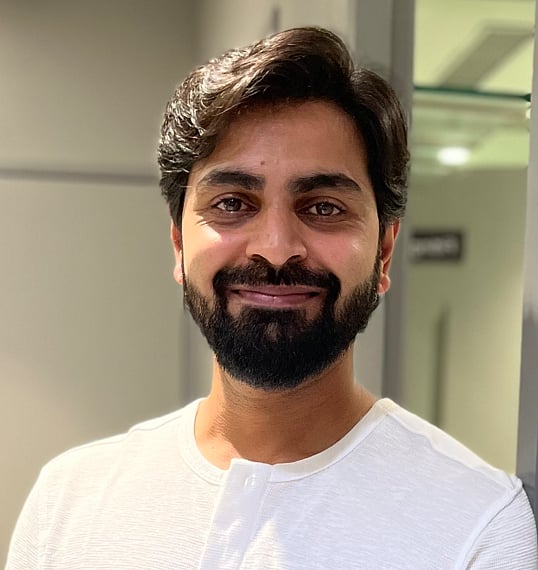
The most expensive project of the H D Kumaraswamy administration - the Jaladhare drinking water scheme - will only get costlier.
The decision to include urban habitations under the project could shore up its cost by roughly about Rs 20,000 crore, according to official sources. The project, as of now, is estimated to cost Rs 51,290 crore.
The Rural Development and Panchayat Raj (RDPR) department had conceptualised the Jaladhare project to provide 85 litres per capita per day (LPCD) to rural habitations that are not already covered by any multi-village water supply scheme and which do not have a sustainable water source. Water drawn from perennial rivers, reservoirs and canals will be treated and supplied via pipes. The project has received Chief Minister H D Kumaraswamy’s clearance. “The CM has asked us to go ahead, but to include urban habitations that do not have assured drinking water supply,” RDPR Minister Krishna Byre Gowda said. “I’m on board with this because for the government, it is better to assure drinking water to all the state’s residents.”
According to a preliminary report prepared by the RDPR department, the rural population of Karnataka in the year 2051 will be 5.39 crore and it is estimated that their drinking water demand will be 73.90 tmcft. This will be 11% of Karnataka’s total live storage capacity, which is 665.10 tmcft in the 15 major reservoirs/dams.
When fully implemented, Jaladhare will serve 4.02 crore people in rural areas, at a per capita cost of Rs 17,500. “Assuming we will have to supply water to at least one crore people who do not have a permanent source of drinking water in urban areas, we’re looking at a rough per capita cost of Rs 20,000, which means an additional Rs 20,000 crore,” an official explained.
Inclusion of urban areas for a rural project means having to go back to the drawing board. “We’ll now design the programme to cover urban towns that are en route villages,” RDPR principal secretary L K Atheeq said. Expenditure on the mammoth project will be spread over seven years. “It has been decided to opt for hybrid annuity model, where the government will invest some part of the cost and the rest will come from the contractor who will recover it over a period of time,” he added.
